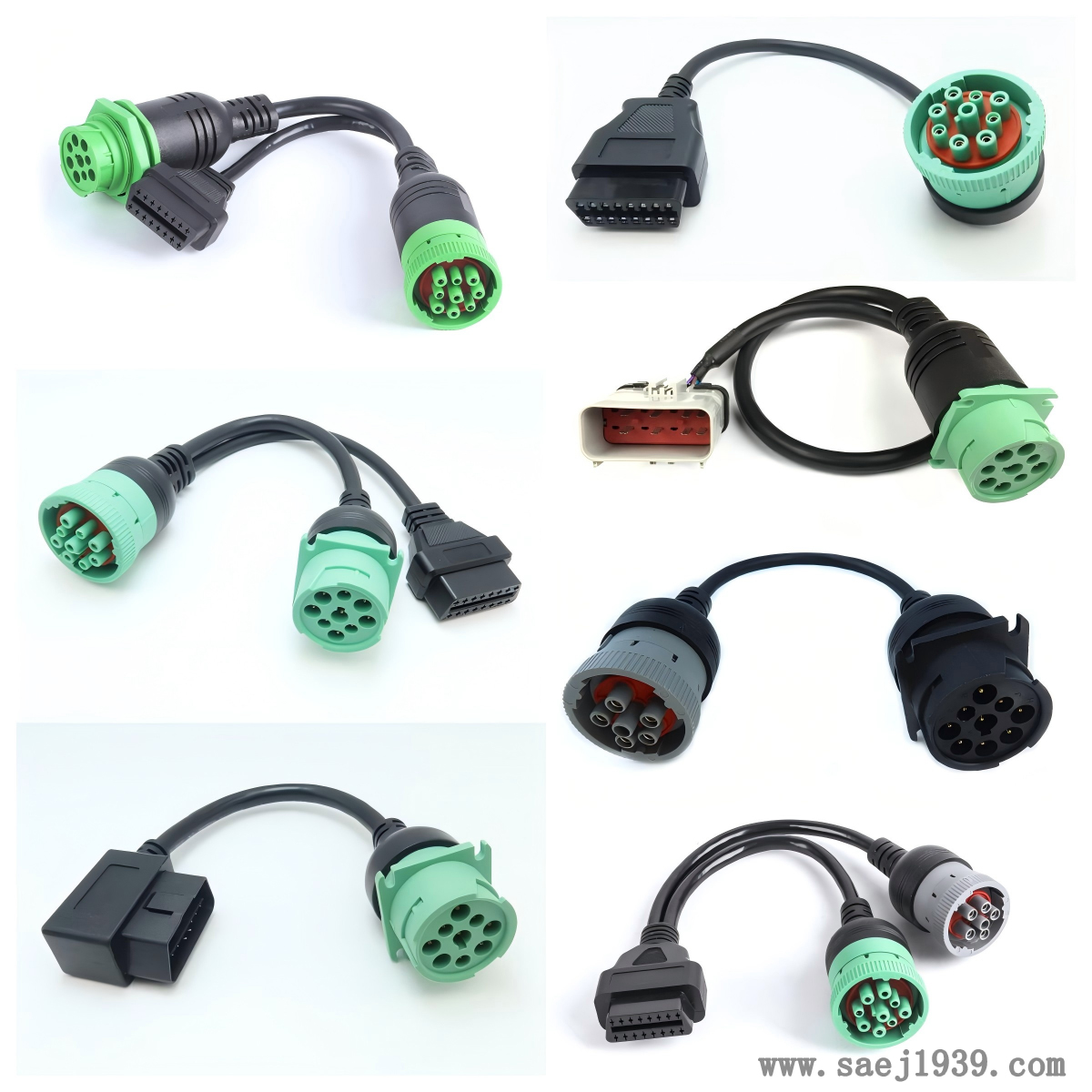How to connect J1939 male and female cables?
The connection steps for J1939 male and female cables are as follows:

preparation
Check cables and connectors: Ensure that the appearance of male and female cables is not damaged or deformed, the pins are not bent or broken, and the internal wires are not open or short circuited. Check if the male pins are complete and undamaged, and if the female sockets are clean and unobstructed by debris.
Prepare tools: Based on the actual situation, prepare tools such as pointed nose pliers and multimeters. A multimeter is used to test the electrical performance of cables and ensure that there are no faults in the cables before connection.
Choose a suitable environment: Choose a dry, dust-free, and well ventilated environment for connection operations, avoid connecting in damp or dusty environments, prevent moisture or dust from entering the joint, and affect the connection performance.
Connection operation
Align pins: Align the pins of the male cable with the sockets of the female cable, ensuring that each pin of the male cable can be accurately inserted into the corresponding socket of the female cable. Pay attention to aligning according to the pin arrangement sequence specified in J1939 standard. Usually, there will be markings or arrows on the outer shell of the male and female heads to help determine the correct direction.
Insert and fix: After aligning the pins, smoothly and slowly insert the male head into the female head until the male head is fully inserted into the female head and feels a noticeable clamping or locking. Some J1939 connectors may require a certain angle of rotation to complete locking, and the operation should be carried out according to the design requirements of the connector.
Inspection and Testing
Appearance inspection: After the connection is completed, check whether the connection between the male and female heads is tightly fitted, and whether there are gaps or looseness. Observe whether there are any abnormalities around the pins, such as whether the pins are fully inserted, exposed, or deformed.
Electrical performance testing: Use a multimeter or other tools to perform electrical performance testing on the connected cables, measuring parameters such as resistance and voltage to ensure normal signal transmission without short circuits, open circuits, or other issues. It is also possible to connect to the corresponding equipment or testing system, send and receive test signals, and check whether the data transmission is accurate and error free.
We chat